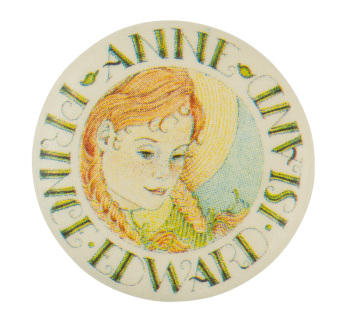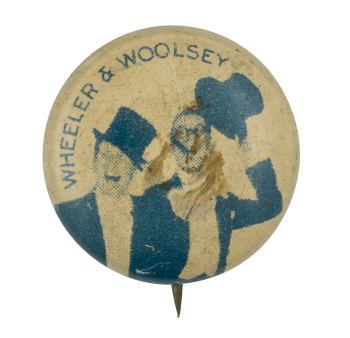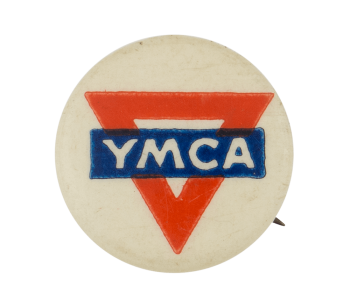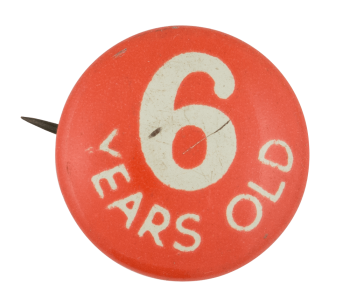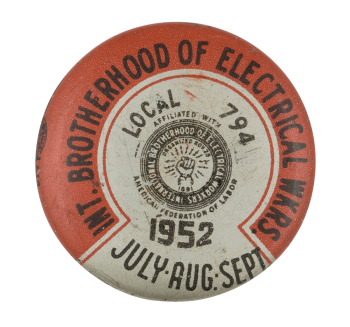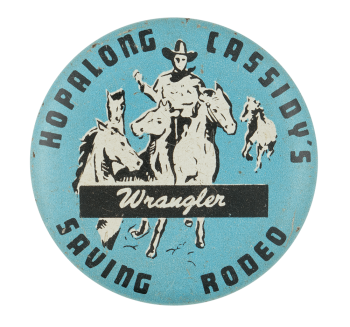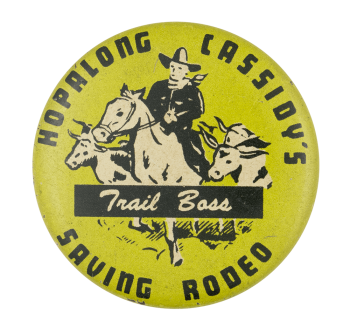Canada
| Category | |
|---|---|
| Additional Images | |
| Sub Categories | |
| Text on Button | CANADA |
| Image Description | Red text and a red and white Canadian flag |
| Back Style | |
| The Shape | |
| The Size | |
| Additional Information | Dating back to the 16th century Canadian land was contested by England and France, accounting for its current official languages, English and French. Canada became an official self-governing country in 1931 but was still within the British Empire. Full legislative independence didn't happen until 1982. The Canadian flag in its current form was approved by parliament and made official on February 15, 1965. The red color is a symbol of Canadian sacrifice during World War I and the maple leaf had already been a national symbol for about 100 years. |
| Sources |
Bercuson, D. J., Nicholson, N. L., Krueger, R. R., Morton, W. L., & Hall, R. D. (2019, April 02). Canada. Retrieved April 2, 2019, from https://www.britannica.com/place/Canada
Smith, W. (2017, February 16). Flag of Canada. Retrieved April 2, 2019, from https://www.britannica.com/topic/flag-of-Canada#ref948386
|
| Catalog ID | EV0523 |



